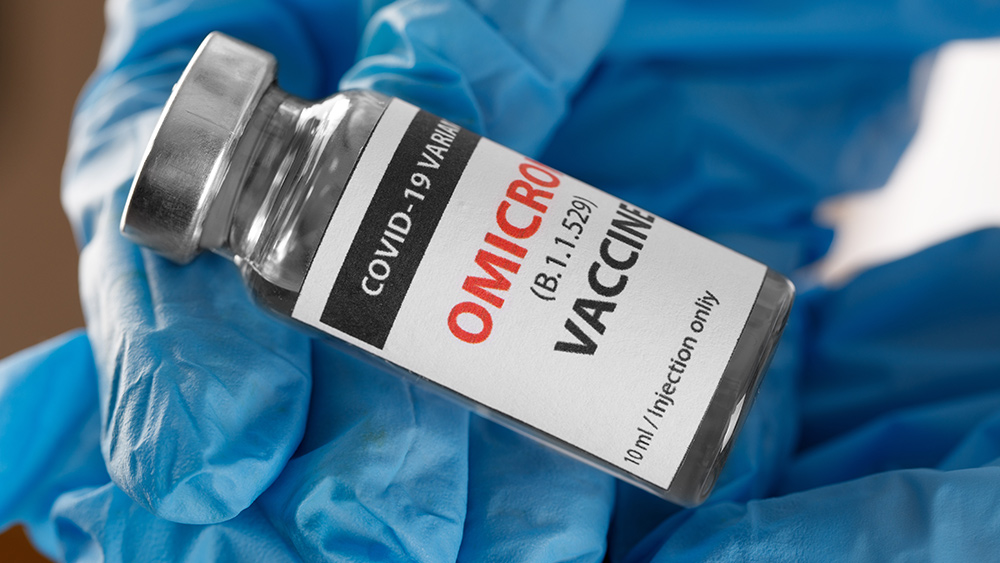First human implanted with Neuralink’s brain chip can control computer mouse with his mind, claims Elon Musk
02/29/2024 / By Ava Grace

Elon Musk gave an update about Neuralink’s first human patient, revealing that he can control a computer mouse with his mind.
“The patient is making good progress and appears to have fully recovered, with no side effects that we are aware of. The patient can simply think to move a mouse around the screen,” Musk said during an interview on X, claiming that the first human patient implanted with one of Neuralink’s brain chips appears to have fully recovered. (Related: Elon Musk’s Neuralink to implant its experimental brain chips on at least 11 volunteers in 2024.)
“Progress is good, and the patient seems to have made a full recovery, with no ill effects that we are aware of,” said Musk. “Patient is able to move a mouse around the screen by just thinking.”
The firm successfully implanted a chip on its first human patient last month, after receiving approval for human trial recruitment in September.
In January, Neuralink embedded the first computer chip in a human brain, months after it received government approval to recruit individuals for human trials. Musk said this marks a major milestone for neuroscience and a giant step forward in Neuralink’s push to promote brain-to-machine interface implants.
In a post on X, Musk said a human volunteer underwent surgery to receive the chip designed by Neuralink. He added that the patient is recovering well. “Initial results show promising neuron spike detection,” Musk said.
According to Musk, Neuralink’s present goal is to increase the patient’s mouse click volume.
Thanks to your generous support, we are building the infrastructure of human freedom and actively donating our technology to independent publishers, authors and home schooling organizations. Learn about our game-changing non-commercial AI project here. Support our ongoing efforts to preserve and enhance human knowledge by shopping at HealthRangerStore.com.
Neuralink wants the brain chip to improve quality of life of people with disabilities
Musk has grand ambitions for Neuralink, saying it would facilitate speedy surgical insertions of its chip devices to treat conditions like obesity, autism, depression and schizophrenia.
Neuralink, which was valued at about $5 billion last year, believes its technology could greatly improve the quality of life of people with quadriplegia brought on by amyotrophic lateral sclerosis or cervical spinal cord injuries.
The current phase of experimentation for Neuralink, dubbed the “PRIME Study,” an acronym for “Precise Robotically Implanted Brain-Computer Interface,” is meant to evaluate the device’s functionality and investigate the safety of its chip and surgical robot.
The first-of-its-kind surgery and the subsequent recovery of the human trial patient comes just months after Neuralink was inundated with criticisms for conducting medical research involving trials of its chip on live monkeys, which reportedly led to the deaths of roughly 1,500 monkeys between 2018 and 2022.
The Department of Transportation also recently fined the firm for violating rules regarding the transportation of hazardous materials. This, along with other criticisms of the company’s actions, has brought the firm under federal investigation.
Learn more about advances in biotechnology like Neuralink’s brain implant at Biotech.news.
Watch this clip from “The Glenn Beck Program” on BlazeTV as host Glenn Beck speculates on whether it is a good idea for Neuralink to “merge man and machine.”
This video is from the High Hopes channel on Brighteon.com.
More related stories:
Elon Musk claims Neuralink chip can be used to “save your brain like a game.”
Brain CONTROL: Musk’s neurotechnology company Neuralink looking for brain implant trial volunteers.
Elon Musk’s brain chip implant company fined for violating U.S. hazardous material transport rules.
FDA rejects Elon Musk’s bid to test Neuralink brain implants in humans.
Sources include:
Submit a correction >>
Tagged Under:
biotechnology, brain chip, brain function, brain health, breakthrough, computing, Elon Musk, future science, future tech, Glitch, health science, information technology, inventions, medical experiments, mind body science, mind control, Neuralink, neuroscience, research, Twitter, X
This article may contain statements that reflect the opinion of the author




















